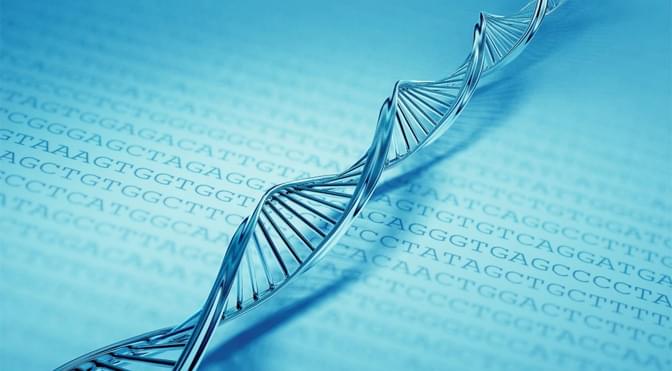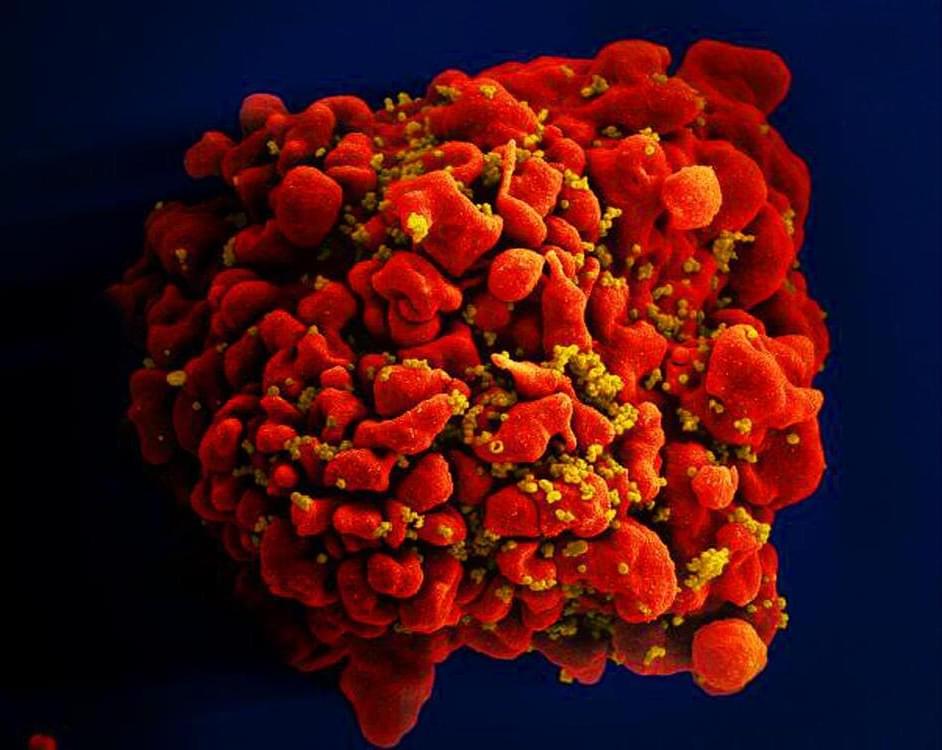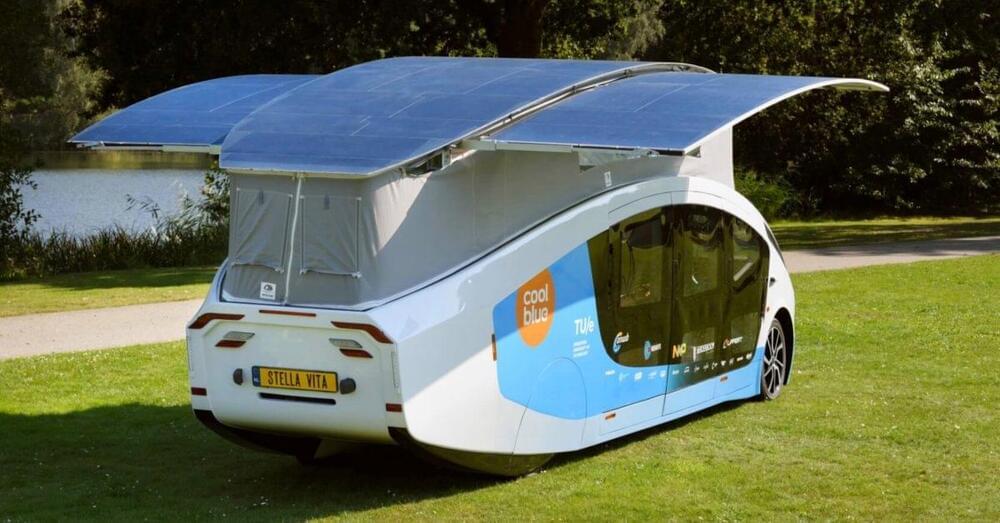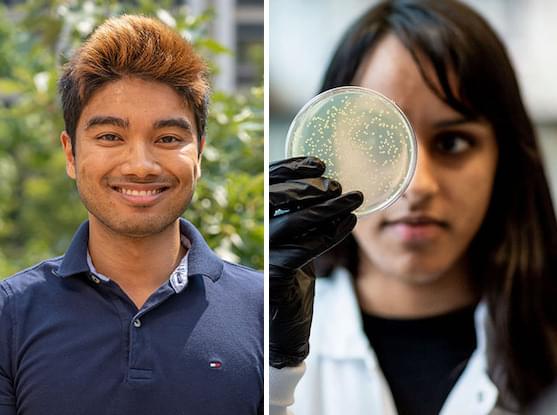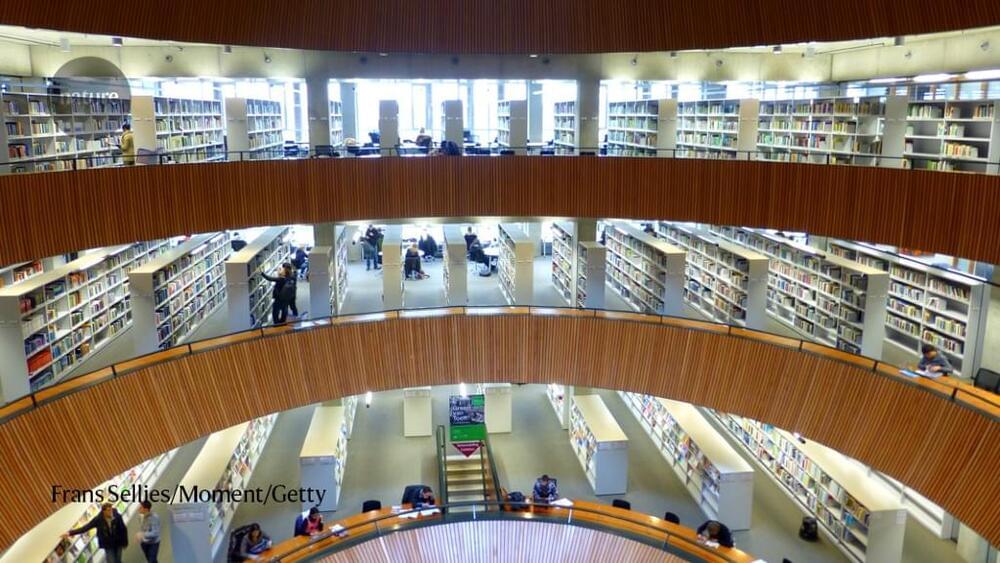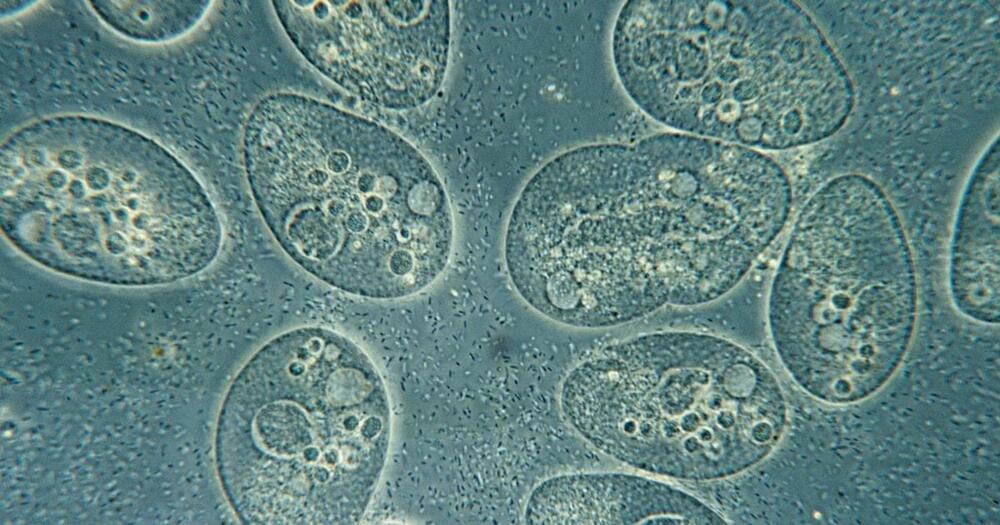Sep 19, 2021
Harvard cracks DNA storage, crams 700 terabytes of data into a single gram
Posted by Quinn Sena in categories: bioengineering, biotech/medical, computing, genetics
Circa 2012.
A bioengineer and geneticist at Harvard’s Wyss Institute have successfully stored 5.5 petabits of data — around 700 terabytes — in a single gram of DNA, smashing the previous DNA data density record by a thousand times.
The work, carried out by George Church and Sri Kosuri, basically treats DNA as just another digital storage device. Instead of binary data being encoded as magnetic regions on a hard drive platter, strands of DNA that store 96 bits are synthesized, with each of the bases (TGAC) representing a binary value (T and G = 1 A and C = 0).
Continue reading “Harvard cracks DNA storage, crams 700 terabytes of data into a single gram” »
